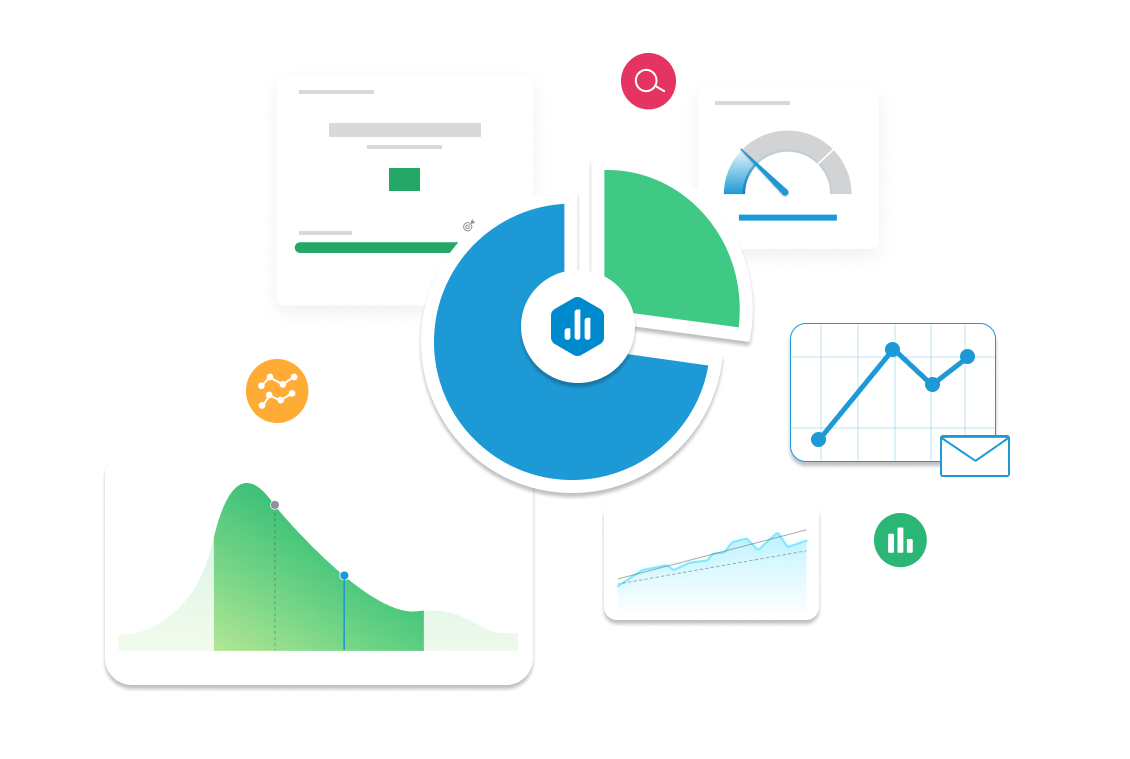Time to Conversion
Discover how Time to Conversion helps businesses measure how long it takes a lead or visitor to become a customer. Learn how to track, analyze, and reduce this time to improve efficiency and boost revenue.

| Category |
Marketing |
|---|---|
| Type |
Lagging Indicator |
| Calculation |
Time to Conversion = Date of Conversion − Date of First Interaction |
| Measure |
Tracks the average time it takes for a lead, visitor, or prospect to complete a desired action (purchase, signup, etc.), helping businesses understand sales cycle efficiency. |
| Data Sources: |
Google Analytics, HubSpot, Salesforce, Marketo, Pipedrive, Mixpanel. |
| Frequency |
Tracked monthly or quarterly to evaluate changes in funnel speed and conversion performance. |
Example target
Reduce average time to conversion by 20% in Q3 by streamlining lead nurturing, improving follow-ups, and optimizing website UX.
Example Reports Use Case
A Growth Marketer tracks Time to Conversion to assess the efficiency of the sales and marketing funnel. If the conversion time is increasing, they may improve retargeting strategies, refine CTAs, or shorten lead qualification processes.



